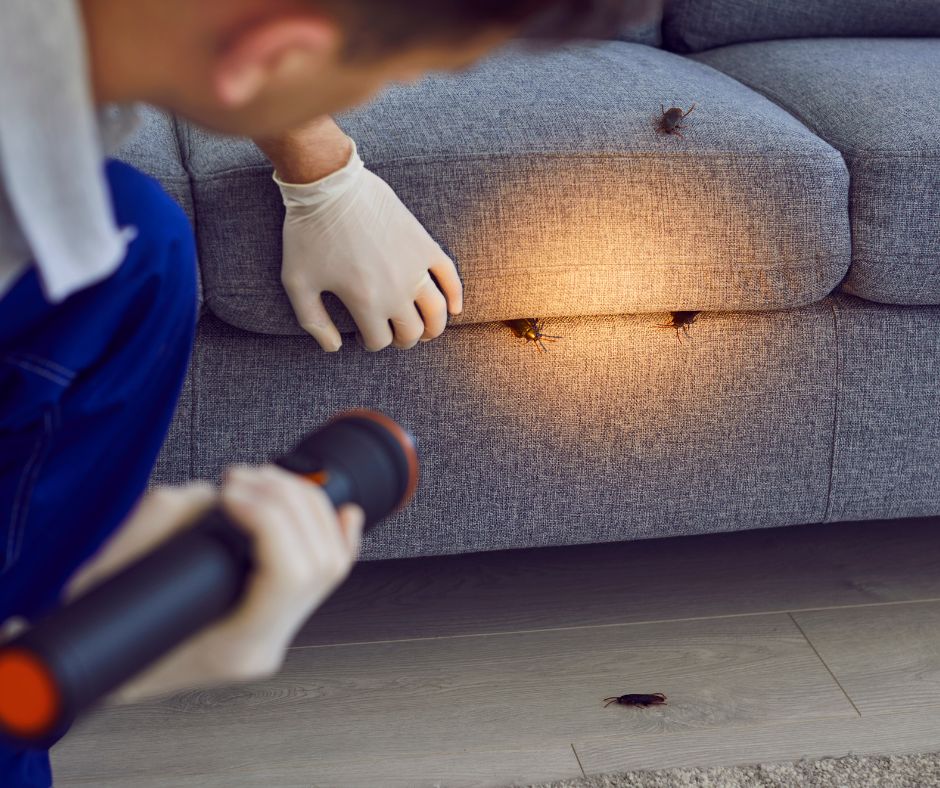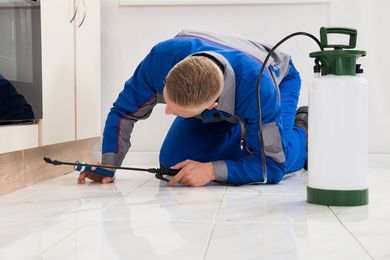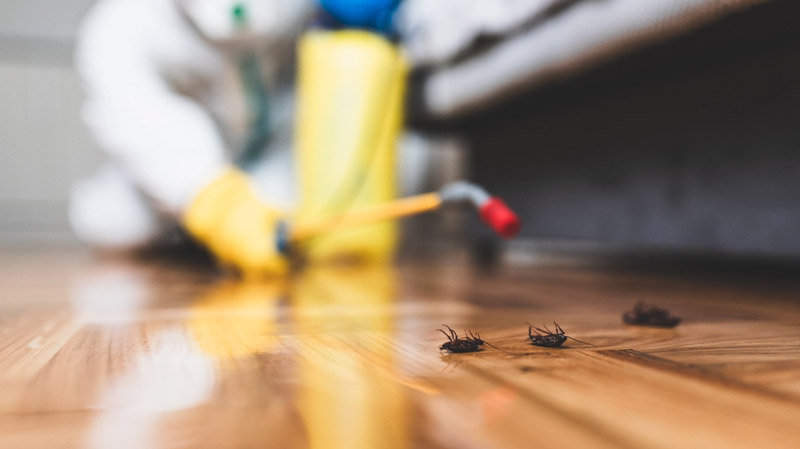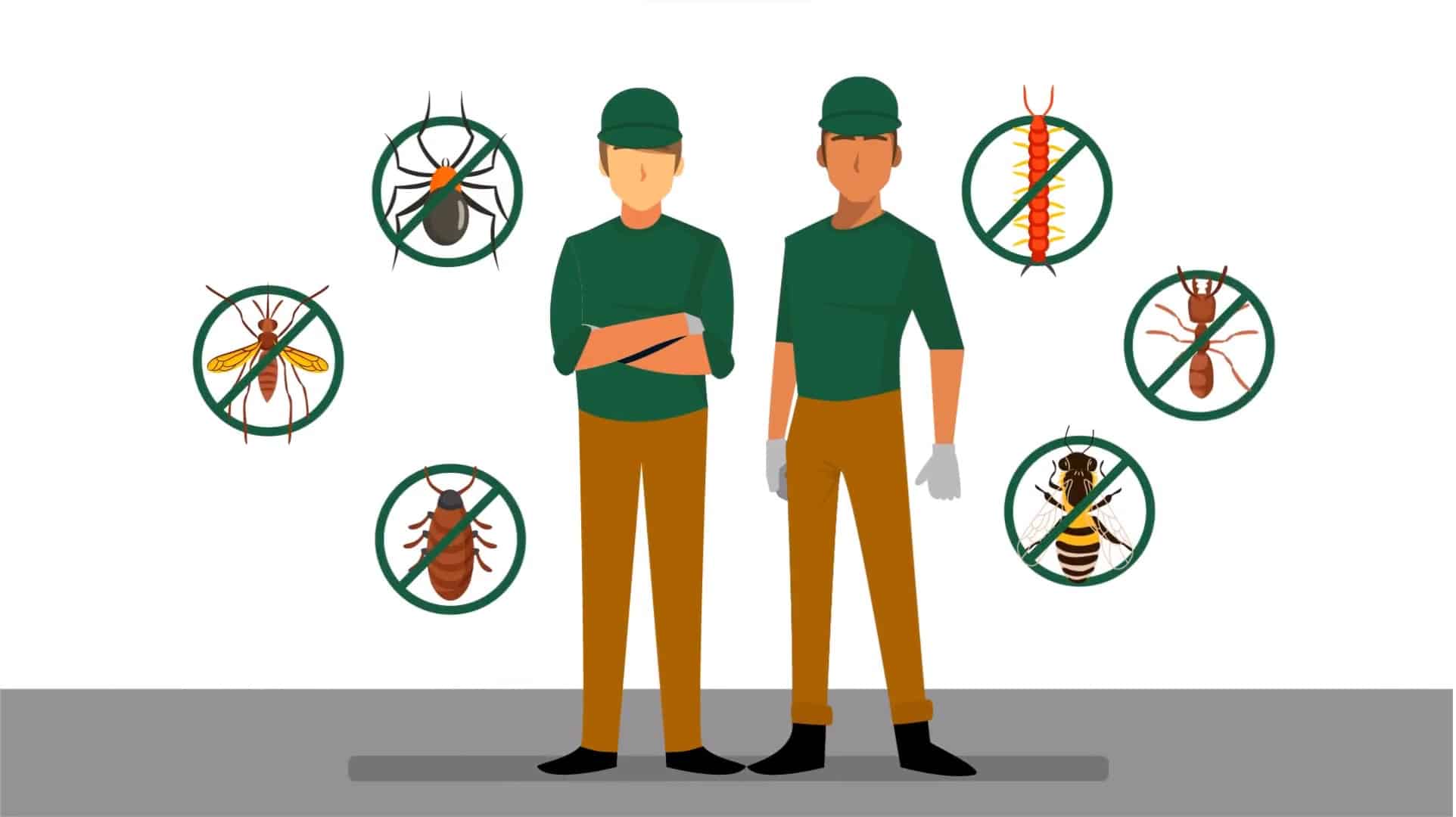Cutting-Edge Commercial Pest Control Service in Port Charlotte
Comprehensive Overview to Understanding Insect Control Techniques and Their Therapy
Recognizing insect control approaches is necessary for efficient administration of unwanted microorganisms that pose risks to wellness, farming, and residential or commercial property. What variables should be thought about when choosing the appropriate parasite control technique for a details scenario?
Summary of Parasite Control Techniques
Pest control approaches encompass a variety of strategies made to manage and remove unwanted microorganisms that can hurt human wellness, farming, and residential or commercial property. Efficient pest administration is important for preserving the stability of ecosystems and ensuring the safety of food supplies. These approaches can be extensively categorized into 3 primary strategies: social, mechanical, and organic controls.

Social control includes customizing farming techniques or ecological problems to minimize insect establishment and recreation. This method consists of crop rotation, cleanliness, and picking pest-resistant plant selections. Mechanical control depends on physical obstacles or devices to protect against bug accessibility or directly remove them. Examples consist of traps, nets, and hand-picking unsafe bugs.
Organic control utilizes natural killers, parasites, or microorganisms to manage pest populations. This method stresses ecological balance and can include presenting beneficial pests, such as ladybugs or predative nematodes, to handle insect existence.
Integrated bug administration (IPM) incorporates these approaches, making use of a holistic strategy that highlights prevention, monitoring, and responsible monitoring. By using a mix of these approaches, bug control can be a lot more sustainable and effective, lessening dependence on chemical interventions while securing human wellness and the environment.

Chemical Parasite Control Solutions
A variety of chemical insect control services are offered, offering efficient options for taking care of bug populaces when various other methods may fail. These solutions largely include insecticides, herbicides, fungicides, and rodenticides, each designed to target certain bugs while lessening harm to non-target organisms.
Insecticides are particularly effective against a variety of pests, consisting of ants, roaches, and termites, and can be classified as contact or systemic agents. Get in touch with pesticides kill bugs on contact, while systemic pesticides are soaked up by plants, making them hazardous to pests that feed on them. Herbicides are made use of to manage unwanted plant life, whereas fungicides are vital for handling fungal illness that can damage crops and ornamental plants.
Rodenticides, created for rodent control, are offered in different formulas, consisting of lures and tracking powders. It is vital to adhere to tag instructions diligently to ensure safety and security and effectiveness. Furthermore, integrated bug administration (IPM) principles should be employed, incorporating chemical solutions with cultural, mechanical, and biological techniques for sustainable insect control. This all natural strategy not only boosts pest management effectiveness but likewise lowers prospective ecological impacts related to chemical usage.
Organic Bug Control Techniques
Organic parasite control methods provide an eco pleasant alternative to chemical techniques by utilizing all-natural killers, parasites, or pathogens to manage parasite populaces. This approach leverages the eco-friendly connections between microorganisms, promoting a balanced environment while lessening chemical deposit in the atmosphere.
One of the most common organic control methods involves the intro of all-natural enemies. For example, ladybugs are employed to control aphid populations, while parasitic wasps can target caterpillars and other bugs. These all-natural killers efficiently lower pest numbers without harming valuable pests.
In addition, microbial agents such as microorganisms, fungi, and viruses are made use of to contaminate and kill specific pests. Bacillus thuringiensis (Bt), a normally happening germs, is commonly made use of to manage caterpillars and various other larvae, showcasing the performance of microbial pest control.

Physical and Mechanical Methods
Often employed in incorporated pest monitoring techniques, physical and mechanical approaches act as reliable tools for controlling parasite populaces without making use of chemicals. These techniques count on physical obstacles, catches, and other mechanical tools to avoid or get rid of insects, making them eco-friendly options.
Physical methods include using barriers such as insect netting, displays, or row covers that physically obstruct bugs from accessing plants. This is specifically beneficial in farming setups where plant security is crucial. Additionally, habitat manipulation, see it here such as removing particles and standing water, can decrease parasite breeding websites, thereby lessening infestations.
Mechanical techniques include traps, which can be created to catch details parasites. Sticky traps and scent catches prevail instances that tempt and maintain bugs, assisting in surveillance and control. Vacuuming is an additional mechanical technique, efficient for eliminating pests from interior environments, particularly in cases of invasions.
Preventative Bug Monitoring Techniques
Effective preventative pest management strategies are vital for preserving healthy environments and lessening pest-related concerns before they develop (Pest Control in Port Charlotte, FL). These approaches focus on go to my blog aggressive steps that decrease the probability of insect infestations by resolving the origin

An additional vital method includes correct landscaping practices (Pest Control in Port Charlotte, FL). Keeping plant life cut and far from buildings can decrease harborage locations for bugs. Applying incorporated bug management (IPM) techniques that include keeping an eye on bug populaces and utilizing biological controls can promote a balanced ecological community that naturally reduces pest numbers.
Education and learning and training for staff and citizens on identifying very early indicators of bug activity are likewise essential parts of an efficient preventative program. By promoting a setting of recognition and caution, companies and property owners can considerably improve their pest administration initiatives and safeguard visit their rooms against future infestations.
Conclusion
In final thought, reliable pest control needs a multifaceted technique that incorporates chemical, biological, and mechanical techniques. Using an Integrated Parasite Management (IPM) structure allows for the lasting monitoring of pests while decreasing environmental effect. Preventative techniques further improve the efficiency of these techniques, making certain long-term defense of wellness, agriculture, and property. Ultimately, a complete understanding of these diverse bug control strategies is necessary for attaining successful results in insect administration efforts.